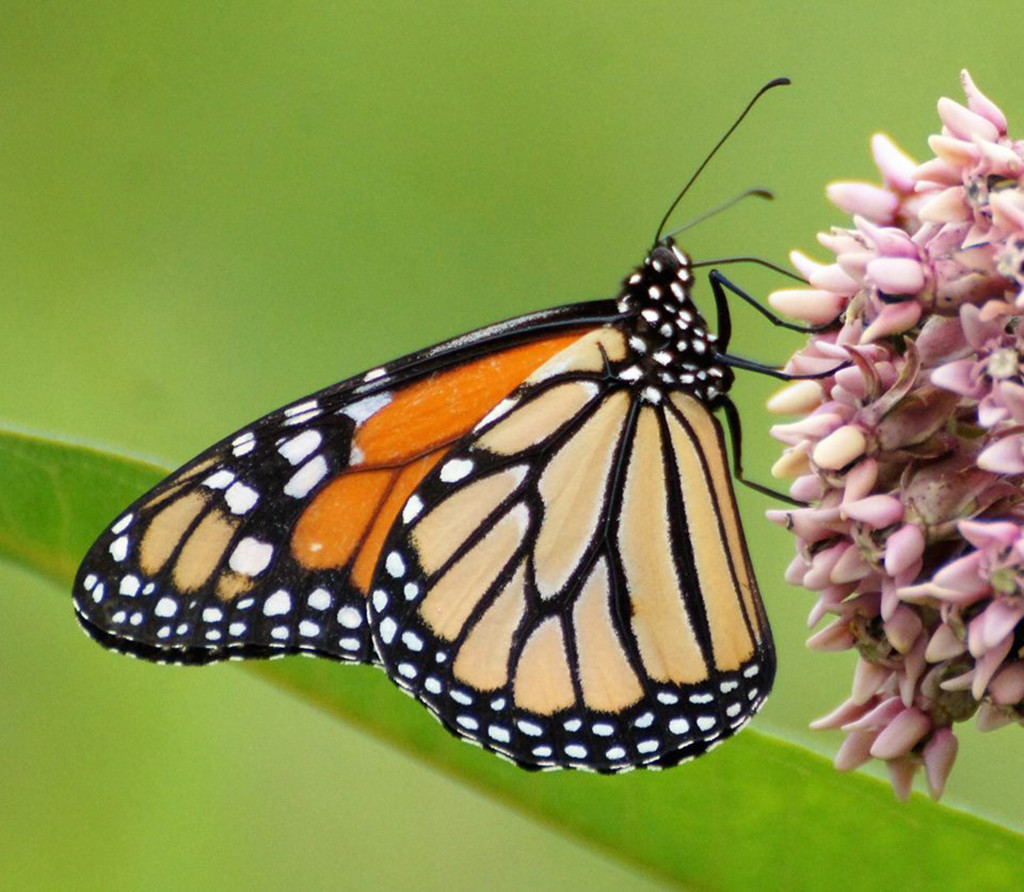Meetings of local governments tend to be less than exciting affairs. I have frequented a few in my years, and I remember when I used to be one of the youngest ones in the audience. Now, I’m one of the “gray hairs” that frequent a chair. If someone were to do a demographic study of the average age of attendees of local government meetings, I would bet that I’m still part of the “average” though.
This was different at the Oct. 12 Peoria Park District Board of Trustees Meeting. The audience was filled with over a dozen youth from St. Jude Catholic School. They were there to do a presentation to the Park Board. The group of students is called the “Firecrackers,” and they are all members of the school’s “First Lego League” team. This team was asked to conduct a research project with the theme of “Animal Allies.” They were to identify a problem where people and animals interact and design a solution. The way they set out on this challenge is an example that we can all learn from.
They took on the challenge of declining Monarch Butterfly populations and all took part in the presentation to the Park Board articulating the problem, why it’s important, why the problem exists and why we should care about the problem. Then, they came up with a solution to help solve the problem. While this approach might sound very basic, unfortunately, it seems to really be lacking in our civic discourse these days. These kids reminded every
one at that meeting how we should be acting as adults in solving the numerous problems that we face as a society.

PHOTO BY MIKE INGRAM
Monarch butterfly alights on a flowering Common Milkweed at Tawny Oaks Nature Preserve in Peoria.
They presented a scientifically researched program on why Monarch Butterfly populations have declined by 90 percent in the last decade. Climate change, habitat loss, pesticide use, deforestation in Mexico, and numerous other factors have all lined up to make the annual migration of Monarch Butterflies to and from their wintering grounds in Mexico to their summer destination in Canada a perilous journey. The fact that it takes four generations of butterflies to do the northerly summer migration from Mexico to Canada only adds to the challenge. That fourth generation, that matures in the northern United States and Canada, is what’s known as the “super generation.” Those butterflies will make a 3,000 mile journey to Mexico. There, they will overwinter. Then, in the early spring, those same butterflies will move north into the United States and seek out milkweed plants in Texas to create a second generation that will eventually find their way into Illinois. It’s a road full of perils.
The solution the kids came up with was to provide some important habitat for Monarch Butterflies in Central Illinois in the form of a butterfly garden filled with native plants. In their research, they found that it is important to have ample milkweed as a food plant for monarch caterpillars. There are several species of native milkweed that are readily available and require little maintenance once they are established. This helps provide much needed food so that the second generation adults can lay eggs to produce the third generation of monarchs that continue the northerly migration. During their research, they also found that it is important for the butterfly garden to have flowers that bloom and provide nectar in September. Native species like Goldenrod and Asters accomplish this. This is when the fourth generation is making the trip from Canada to Mexico. These migratory butterflies need “nectaring” sites to fuel their perilous journey.
The kids also enlisted the help of the Peoria Garden Club and the Central Illinois Monarch Butterfly Task Force to be involved and at their presentation to the Park Board. They even found a prime location for a butterfly garden — Donovan Park. They knew that there were several areas designated as “no mow” zones that could be enhanced with native milkweed and flowering plants. These kids really did their homework.
The Park Board listened to the presentation, took in the well presented research, realized that the solutions were attainable and directed staff to work with the Firecrackers, the Peoria Garden Club and the Central Illinois Monarch Task Force to make it happen. In our meetings, we’ve identified the site, and the costs involved with preparing and installing the butterfly garden. We want to plant at least a half acre of native species. We will be using some seed from our Tawny Oaks prairie planting. However, we do need to raise some funds to have the ground prepared for planting. This is where you can come in and be a part of the solution!
We have set up a fund within the Peoria Park District Foundation to receive donations for the installation and maintenance of the Donovan Butterfly Garden. Your donation will be 100 percent tax deductible, and you will receive a receipt for your donation. To donate, send a check payable to:
Peoria Park District Foundation, 1125 W. Lake Ave., Peoria, IL 61614
We have a lot to learn from the way these young people entered into a civic discussion. We should emulate the wisdom they displayed, and enlist their methods to solve the many problems that face our society today.

1 comment for “”
Recent Comments
A cute story, but with a powerful & valuable point, too.